Affiliate links on Android Authority may earn us a commission. Learn more.
Why having no headphone jack is a bad idea
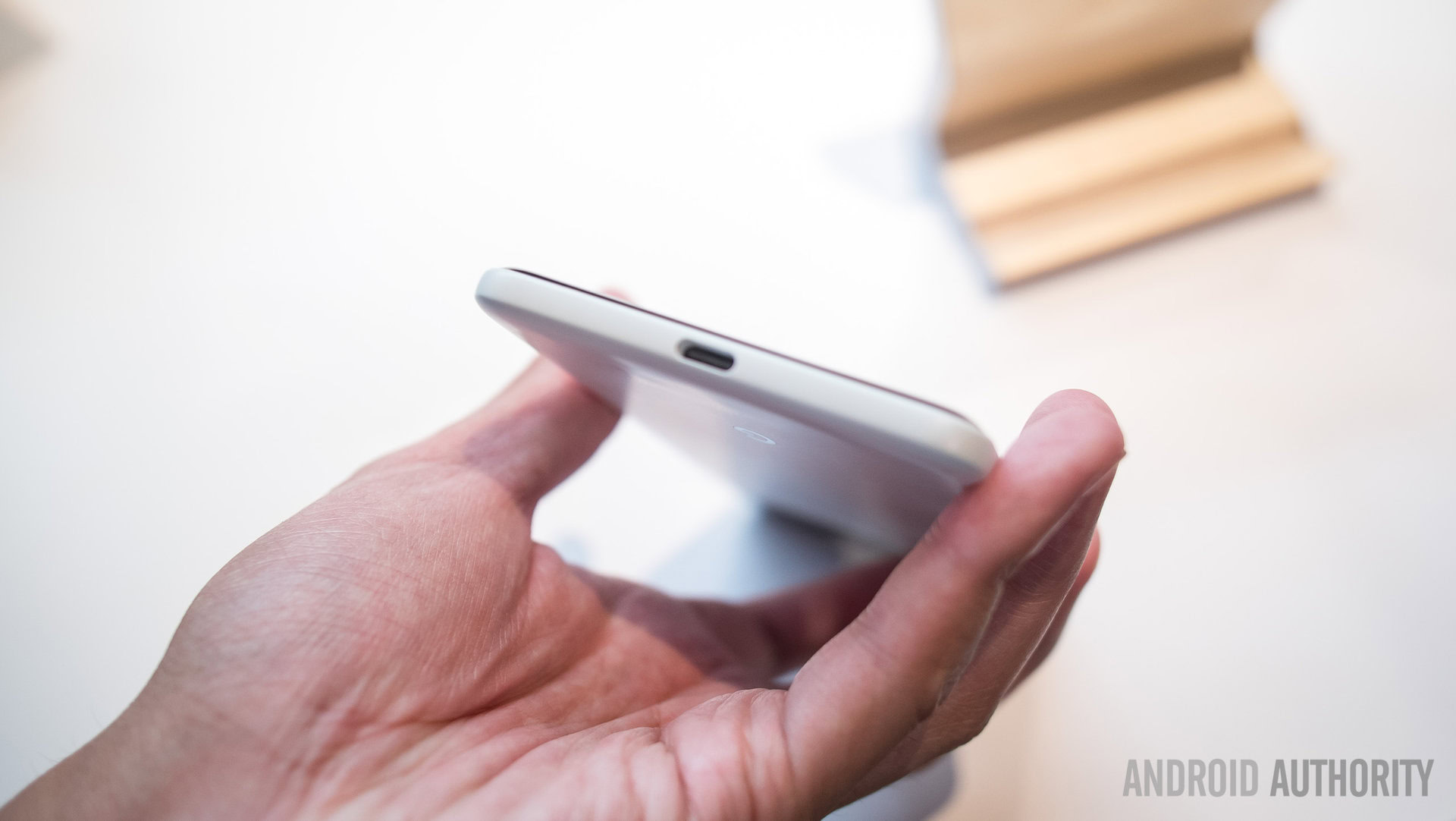
That’s generally how these things go. DVDs were replaced by Blu-Ray. Blu-Ray gave way to 4K Blu-Ray. Streaming is still taking hold in a big way. It makes total sense: each new technology usurps the one before it because it’s better technology. It’s the same for TVs, medical technology, smartphones, computers, video game consoles, cars, sports gear, and even clothes. There’s a clear and concise pattern. Something objectively better comes along at some point, and it gets widespread adoption. But when it comes to the audio experience, Bluetooth simply doesn’t follow that trend.
Only a relatively small number of mobile phones rock it without a headphone jack. The number is growing and now includes Android flagship devices. Some people are okay with removing the headphone jack, but we reasonable people know better. Let’s discuss why.
Note: We won’t be touching a few topics in this one, like popularity, money, and motive. We already did an excellent post about all of that here!
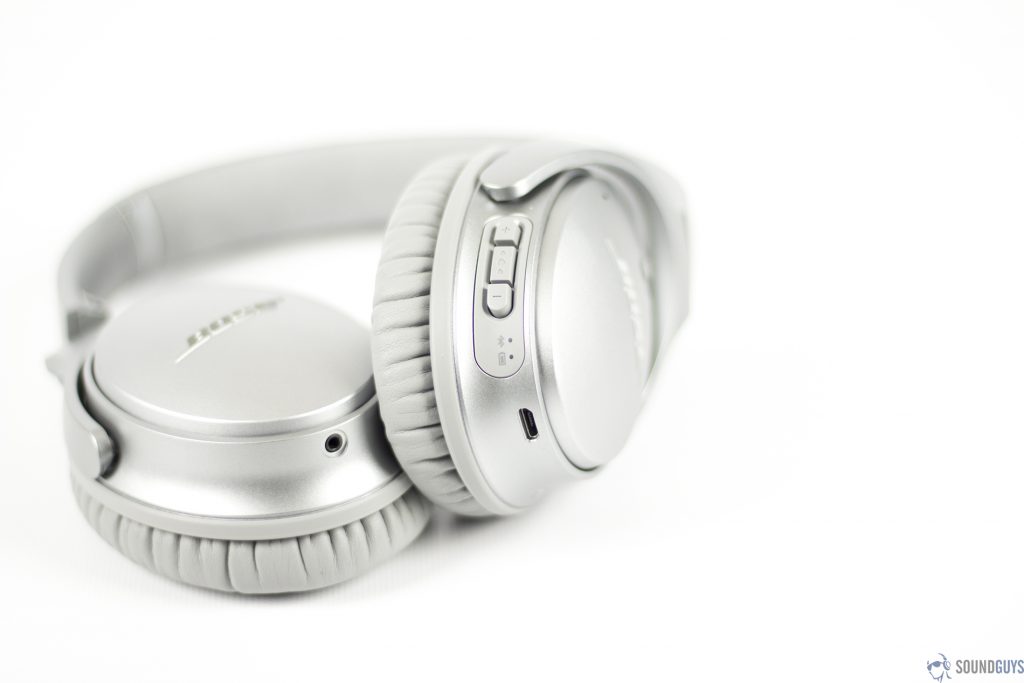
Bluetooth audio simply isn’t as good, yet
There’s no doubt in anybody’s mind that Bluetooth audio has improved over the last few years. We’ve gone from only having SBC as an audio codec to having about half a dozen in total right now. AptX, AAC, aptX-HD, and LDAC all wildly improve Bluetooth audio quality over previous generations.
With the release of Android Oreo, those new codecs are available to any phone running the OS. Credit where it’s due: that adds a lot of standardization in an ecosystem that had literally none three months ago. At least they fixed the “does my phone support that?” problem before they took away the easier option entirely. Good job, Google!
Nobody is saying that companies aren't trying to fix the whole Bluetooth audio thing. They are.
Admittedly, Bluetooth audio isn’t all bad. Higher-end wireless headphones offer a sound that is only “imperceptibly worse” to wired audio. Of course, that assumes you have a pair of high-end Bluetooth headphones and a smartphone with the proper Bluetooth codecs. The Android Oreo update is going to take some time to roll-out, after all. However, all these improvements don’t change the fact that your Bluetooth headphones are taking music encoded in lossy formats (MP3, etc) and even lossless formats (FLAC, etc) and encoding them a second time into a lossier format. Even if it’s not always obvious, the quality suffers.
Bluetooth handles audio the same way now as it did back in 2004.
Perhaps the worst part is that it won’t get better for a long, long time. Bluetooth still basically handles audio in 2017 how it handled it in the year 2004 when the first pair of stereo Bluetooth headphones came out. All sounds that need to be played are encoded and sent to the Bluetooth headphones. The headphones then decode and play each channel as individual tracks. Bluetooth headphones are not capable of playing two sounds simultaneously (such as when a notification pops up during a song). There is one pipe in the Bluetooth pipeline and you can only shove one thing in it at a time.
It sounds complicated and it is. If you’re playing 100 sounds on your phone, your Bluetooth connection mashes them into a single stream before shooting them to your headphones (with two channels, left and right). Thus, it’s impossible to have a Bluetooth headset that just plays the raw file without encoding it again because it would break other features like hearing your notification tone go off. We don’t know when or even if that will ever change. Until it does, the limitations of Bluetooth govern your audio quality experience… and nobody can fix that, yet.
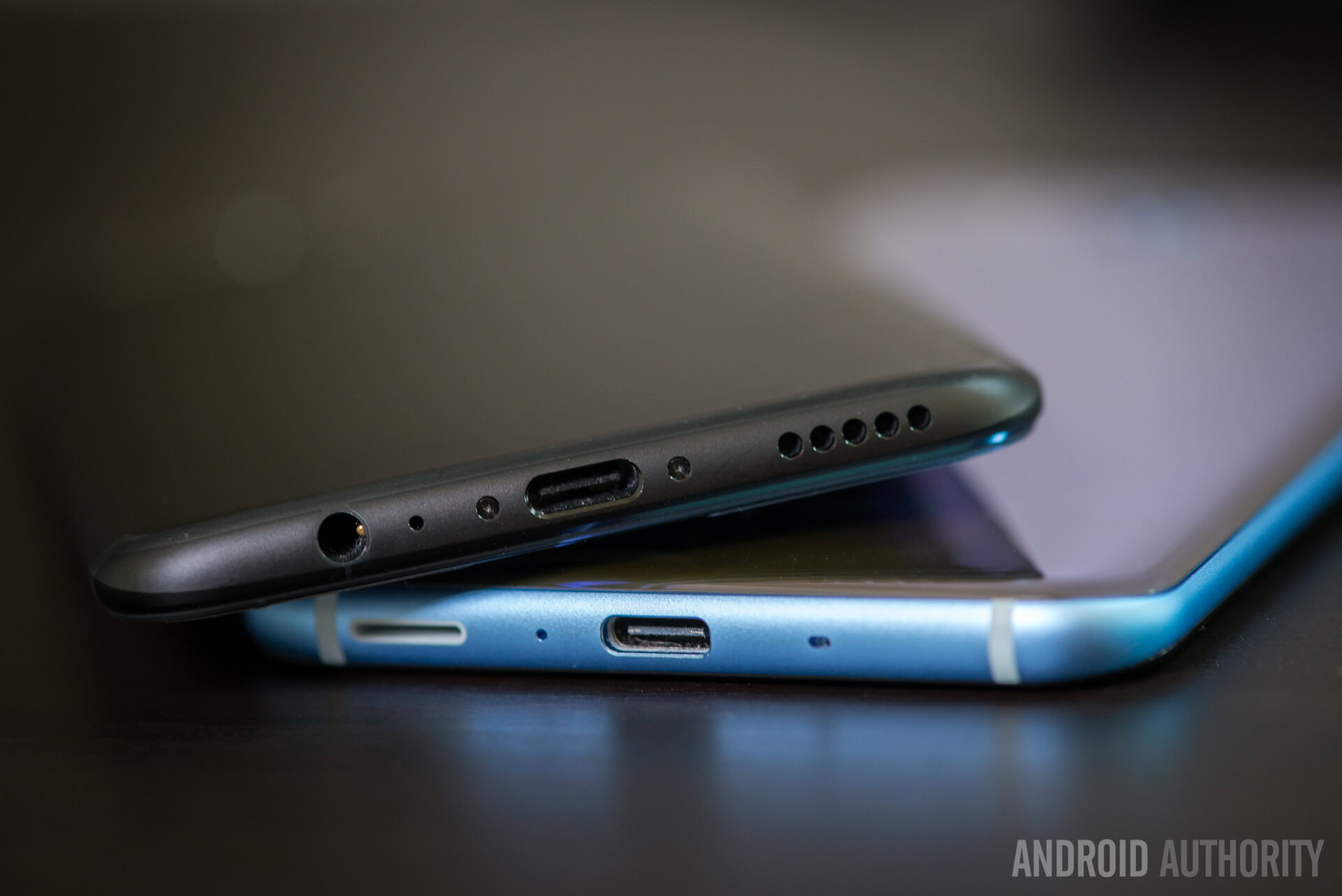
Dongles are bad all the time
The natural response to the Bluetooth audio argument is using a dongle for music. After all, there are dongles available that let you charge your phone and listen to music at the same time now (they’re not very good yet). Some audiophile DACs even support USB Type-C. That should make the transition seamless, correct? Well, not really.
The first problem is that some USB Type-C tech is still somewhat proprietary. You can’t use the headphone jack dongle from an HTC U11 on a Samsung Galaxy S8, and some amps/DACs don’t work on USB Type-C, for example. The documentation on that is spotty as well, so there’s a level of trial-and-error. Admittedly, this isn’t a catastrophe, but it’s damned inconvenient. It’s also a problem that’s non-existent with a headphone jack present.
Using one port for everything introduces unnecessary wear and tear.
Using a dongle is also just plain sloppy. As it’s an external accessory, a dongle adds new points of failure while simultaneously increasing wear on the USB-C port—not to mention it’s easier to lose. Spending eight hours at the office with your dongle at home is a bad day at work. They’re cheap to replace, but it’s still a new inconvenience that didn’t exist before. That’s a problem that only exists in phones without headphone jacks.
There are plenty of other insidious instances of dongles frustrating people. The charging port being the only usable physical connection on your device is inconvenient for plenty of niche use cases. How many people out there have those nifty little Square card readers that use the 3.5mm jack? Or that funny little Pressy thing from Kickstarter? Those devices — and devices like them — may not work even with a dongle.
Going all wireless requires lots of money and compromise.
All of these problems are fixable, but those fixes require money and compromise. How reasonable is it really to ask people to spend even more money to fix a problem introduced by the device they just bought? A Pixel 2 costs $649 while the XL version costs $849. The iPhones cost a king’s ransom, and the Moto Z devices are in that ballpark as well. Adding additional purchases on top of that over an arbitrary hardware change just isn’t good.
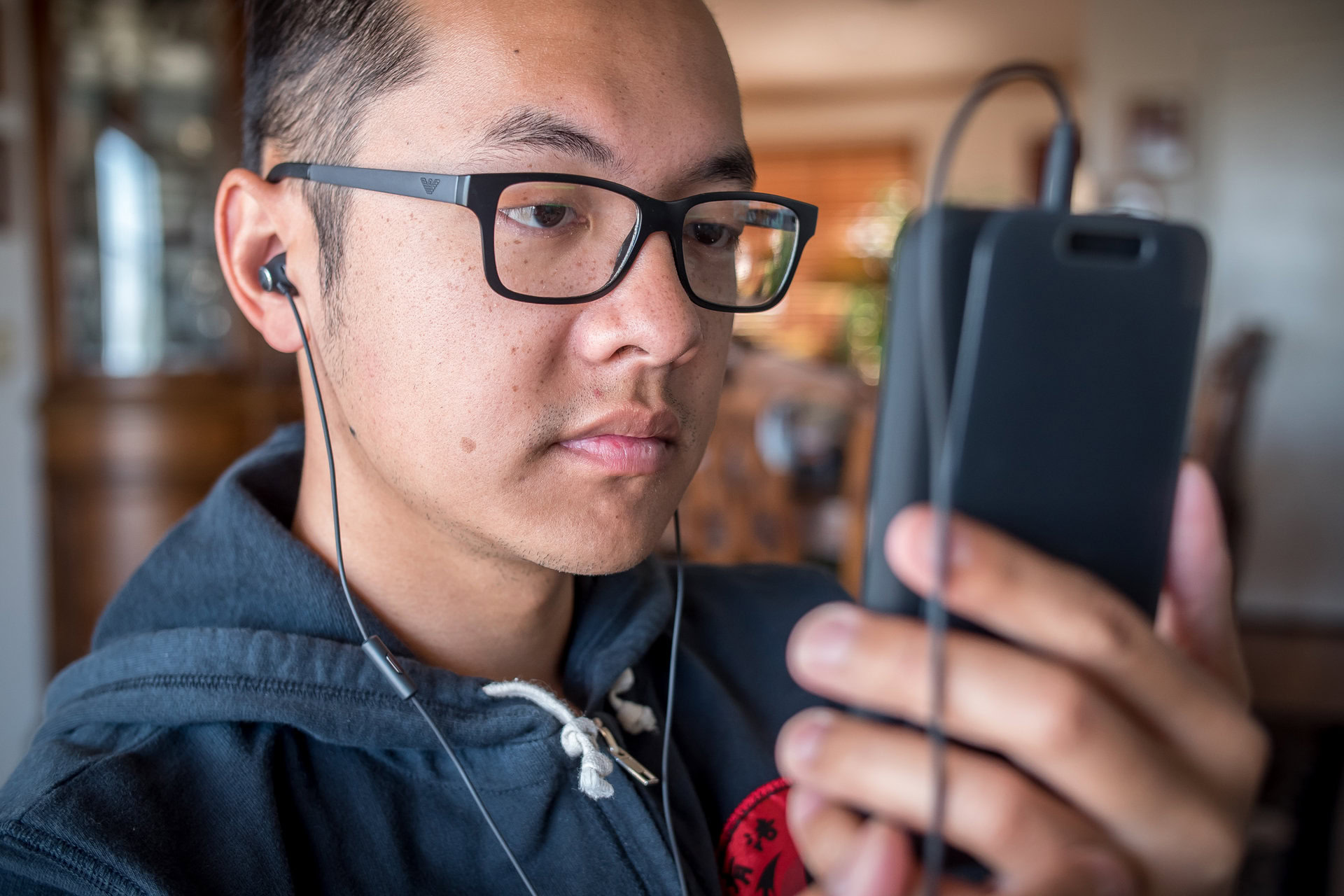
Wired headphones have more diversity
So let’s say that everything you’ve read up until now hasn’t convinced you. That’s fine. Let’s get to the philosophy of removing headphone jacks from phones. It is 100-year old technology. That’s practically paleolithic by technology standards. We’re due for something bold and new, right? The problem with that philosophy is that Bluetooth headphones are only barely on the forefront of their own industry. They also lack the diversity of wired cans.
Bluetooth headphones are only barely on the forefront of their own industry.
Those shopping for wired headphones have a ton of options. Need a decent set of open ear headphones for not a lot of money? Check. Portable headphones with travel case? Check. Active noise canceling? Check. Super cheap? Yep. Super light? Sure. Bass heavy? Got ’em. Treble heavy? That too. Studio headphones? Yes. You can even buy a pair of SHP9500 along with a ModMic. Then you have a good, versatile pair of open-ear headphones that are great for casual listening, gaming, talking to people on Skype, or whatever for just over $100. Bluetooth doesn’t have that kind of flexibility. There are wired headphones for literally whatever you could possibly want.
Bluetooth headphones tend to all be portable for active lifestyles. Most Bluetooth earbuds are sweatproof for joggers. Bluetooth headphones in general are collapsible and portable. They tend to have minimal builds, not a lot of padding, with small ear cups that don’t breathe well. They’re made to squeeze your head, make complete seals with the ear cups for better sound isolation, and have features like active noise canceling. There aren’t many Hi-Fi certified Bluetooth headphones. There is no such thing as a Sennheiser HD600, but with Bluetooth.
OEMs forget that headphone jacks have uses outside of mobile phones for both casual consumers and professionals.
That’s not inherently bad, but it’s worrying. Shopping for a comfortable, casual listening pair of Bluetooth headphones is depressing. Bluetooth is a better solution to one problem in the headphone market (ultra-portability), but it’s incapable of addressing the needs of the whole headphone market. Bluetooth headphones simply aren’t that versatile compared to their wired brethren. OEMs need to remember that a world outside of mobile exists where headphone jacks are useful for other stuff too.
There’s a bunch of other, smaller considerations. Wired headphones has a massive community along with an entire industry of repair and replacement parts. Then you have different driver tech with planar, dynamic, and electrostatic. Most of that stuff doesn’t exist on Bluetooth. Never mind that a pair of Sony WH1000XM2 (one of the few Hi-Fi certified Bluetooth headphones) costs $349. The Sony MDR1A uses similar dynamic drivers as the WH1000XM2 does, but it only costs around $200.
There is a future where Bluetooth audio has all of these options as well. When that future becomes the present, I’ll shut up. Until then, wired is still the far superior market for everybody shopping for things other than exercising or flying cross-country.
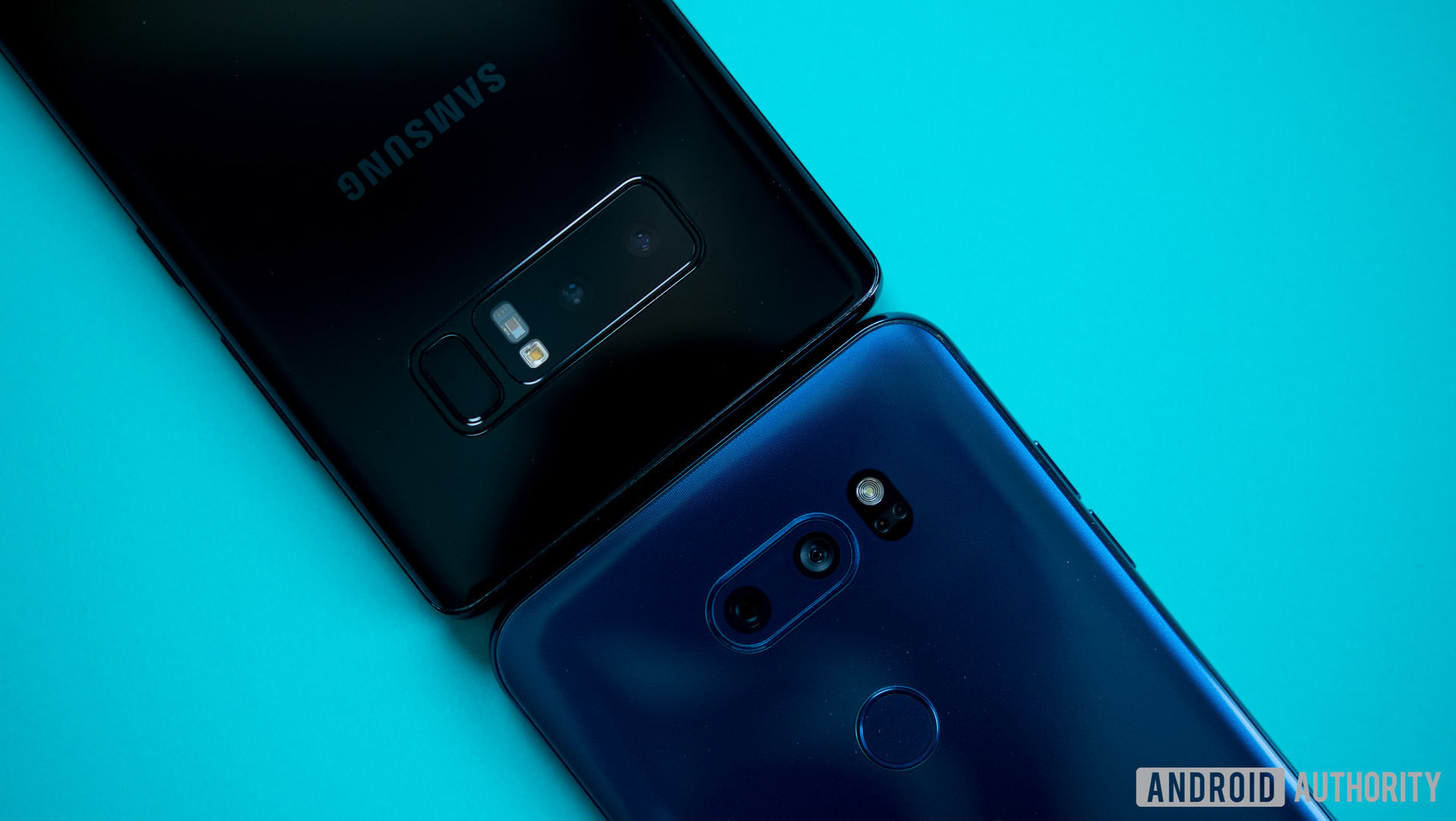
In reality, you don’t gain anything from removing headphone jacks
I’d be okay with phones without a headphone jack if I were getting something equally amazing in return. A new piece of tech that simply won’t work in a phone with a headphone jack—something game changing or revolutionary. Hell, even something moderately beneficial would shut me right up. Your battery has an extra 500 mAh? Sign me up! That’s just not the case, though.
Removing the headphone jack only subtracts from the experience. It adds nothing.
Let’s look at another phone that’s coming out in the relatively near future for many people, the LG V30. It features a bezelless style design. It has a sleek body, wireless charging, IP68 water and dust resistance, and good camera hardware. The V30 does all of that with a headphone jack, and a damn good one. Many other smartphones can boast similar feats. Phones without headphone jacks can’t use the phrase “no compromises” because all they’re doing is subtracting from the core experience.
Bluetooth still works in the V30 (LG and others have had Aptx-HD in their phones for years now) and you’re not getting any better of a Bluetooth experience on the Pixel, the iPhone, or the Moto Z without investing tons of money. The battery sizes are roughly the same. Google Assistant works on all of them. Every Android app works the same way. The fact is: you can still have the exact same wireless experience on a Note 8, a OnePlus 5, or a V30. Removing the headphone jack brings nothing to the table. It just makes the table smaller.
The Pixel, Moto Z, and iPhone offer objectively small differences to their Bluetooth experience over other OEMs.
So why bother removing the headphone jack? The only potential thing that removing the headphone jack can objectively do is allow OEMs to make phones thinner. Except the Moto Z Force 2 is ~6.1mm thick, the iPhone 8 Plus is ~7.5mm thick, and the Google Pixel 2 is ~7.8mm thick. The V30 is ~7.4mm thick with a headphone jack while the OnePlus 5 (and its headphone jack) clocks in at ~7.3mm. Smartphones aren’t even getting thinner, so what gives?
There is no objective reason to remove a headphone jack. There are monetary reasons to remove a headphone jack. After all, Apple owns Beats and Air Pods, the most popular Bluetooth audio products, and Google announced their Pixel Buds this last week. However, we covered that more in-depth already.
It's a silly thing to do when your reasons are little more than platitudes.
Aside from money and aesthetics, though, there’s really no point to it. We’re all quibbling over whether Bluetooth audio is good enough, or whether or not dongles suck (they do). The official reasons are little more than platitudes about better designs and “being bold”. It’s hogwash, honestly. The only thing such a decision does is limit the kinds of experiences an individual can have on their smartphone. That is never a good thing.
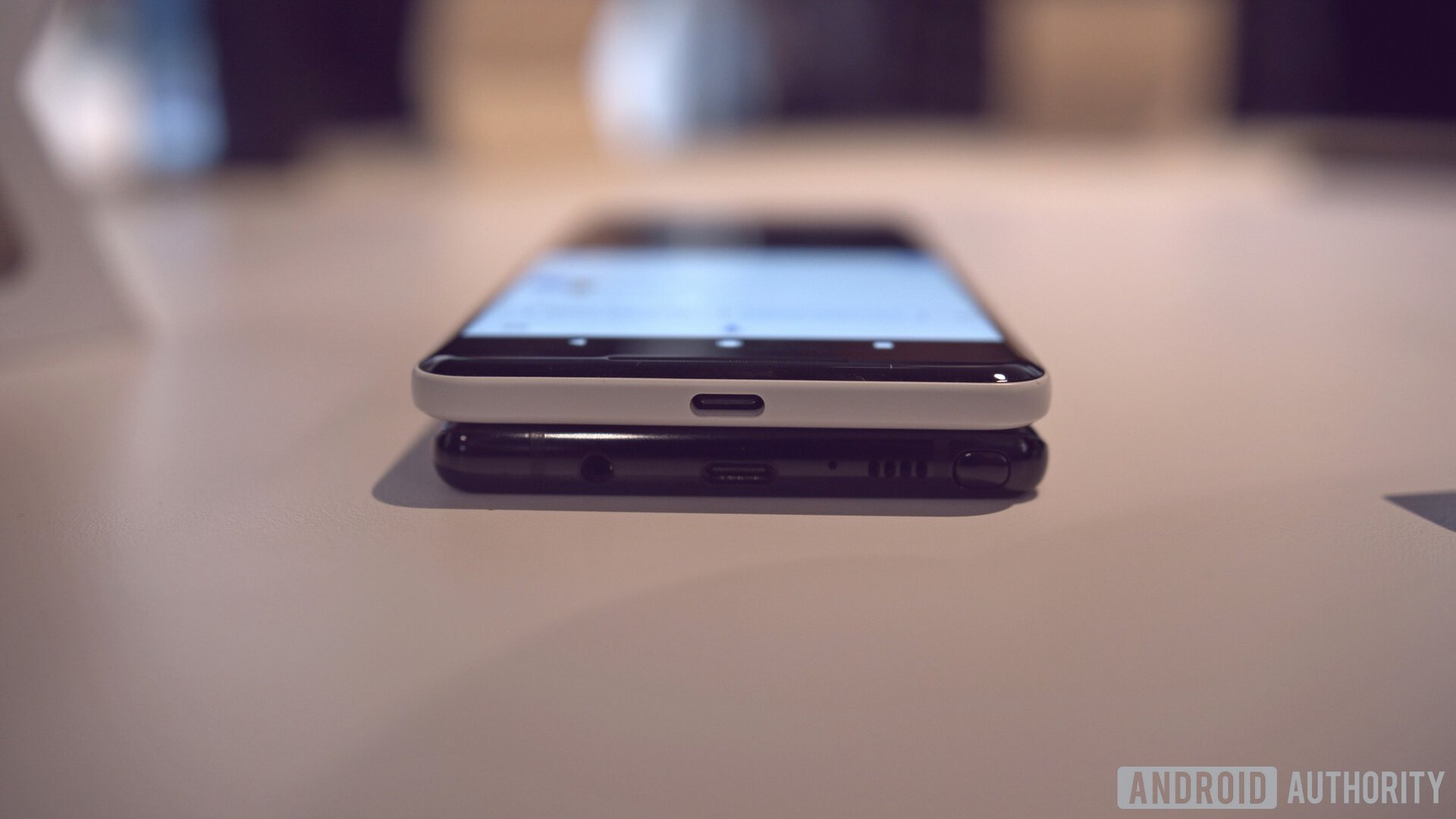
What do you think?
The future holds what it holds. I may be looking back fondly on this piece of work a few years from now when we’re all using Bluetooth headphones and mobile devices have returned to their 1990’s roots of not having a headphone jack. There’s no reasonable person saying that the issues with Bluetooth audio and headphone jack-less devices aren’t fixable. They definitely are. It just hasn’t happened, yet, and we need to stop pretending like it has.
Bluetooth-only is fixable. The problem is that it hasn't been fixed yet.
Imagine walking into your local electronics store and listening for 30 minutes while an employee told you that DVD video quality was only “imperceptibly worse” than VHS, that you’d need to buy extra dongles to connect it to your existing TV, and that it was going to cost you vastly more money. What are the odds of you walking out of that store with a new DVD player just to save a few inches of space on your entertainment stand? We’re willing to bet that number isn’t high. So why are so many people suddenly okay with this compromise when it comes to audio?
Of course, we’d love to hear your thoughts. The comment section is just below. Let us know what you think!